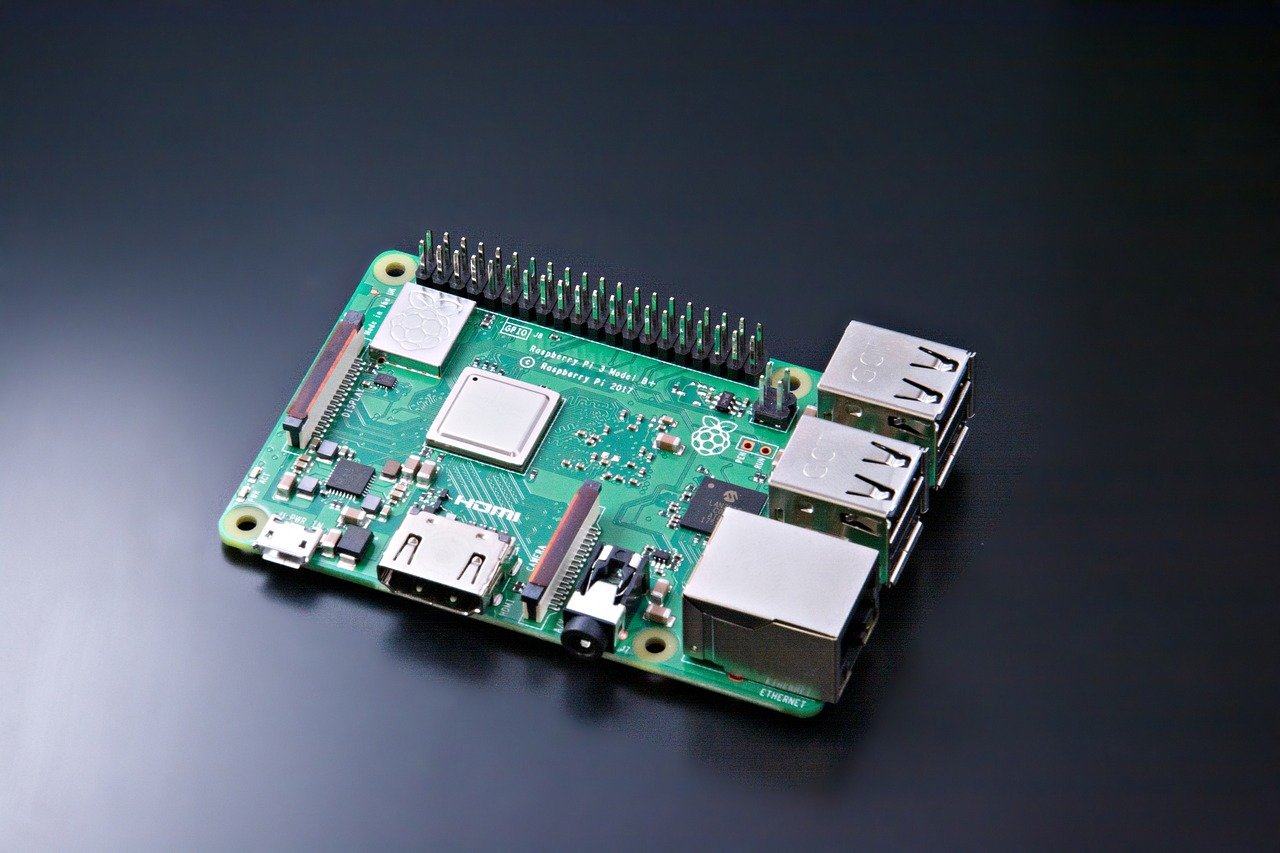Eriko Nishimoto is the founder of Binnovative, an NPO that empowers entrepreneurship in Japan and USA by providing collaborative experiences. Since the end of last year, Eriko and Binnovative members have held monthly online IoT workshops for Japanese kids in the U.S. As the name suggests, the “IoT with Kids” workshops provide kids (mainly elementary school and teenagers) with access to IoT hands-on training and learning material. Kids join these workshops along with their parents and are introduced to their first-ever IoT projects using Raspberry Pis.
Why is the workshop so popular?
Families have found their kids to be spending more time at home during COVID restrictions. The online workshops give a great challenge for their kids to work on at home, and is generally welcome to IoT beginners. Workshops start at a beginner level, where the IoT kids learn the basics of how to turn LEDs on their breadboard on and off. These LEDs are controlled through Python code that are written in their Raspberry Pi devices.

The Raspberry Pi is a great low-cost way of introducing people of all ages to computing.
More advanced workshops also include learning how to capture data with sensors and cameras. Once the data is captured in the Raspberry Pi, it can be sent to Kintone for tracking and graphing. Kintone’s features allow kids to manage the data they collect to better understand the value it has. Pictures taken with the cameras can be stored in Kintone Apps along with the relative sensor data such as temperature and humidity.
Participants of earlier classes often gain enough experience and confidence from these workshops to become TAs for later classes. As TAs, their responsibilities include showing demos or lecturing some parts of the workshop. They get a chance to challenge their leadership skills in addition to sharing their technical input.
Blast off to Space
A number of students from the IoT kids workshop are using the skills they've learned and have entered into the NASA Space Apps Challenge (Boston) hackathon. Kintone was used in 3 projects as interfaces and background databases. Out of the number of challengers, we were very excited to see the project [Jimmy in the Box: Where Paper Crafting Meets Electronics and Coding] nominated as a global finalist of the NASA Space Apps Challenge. This project introduces computerized origami models working together with IoT, which tracks GPS locations and photo data into Kintone.
Update: As of mid December, the Jimmy in the Box project has won the 'Art and Technology' award! Go team! The list of awards and projects can be viewed on the NASA Space Apps Challenge website.
The team is currently running a GoFundMe so that they can fly to NASA and learn more about Art & Technology for the future!
Kintone integrations: how they work & their benefits
When IoT integrations are made with Kintone, the IoT device needs a way to access Kintone's data. This is similar to how a user interacts with Kintone. A user would need to input their username and password to log in to their Kintone environment before being able to access the data inside. Giving away your user name and password to an IoT device would not be a good idea though.

Think of it like this - you're busy doing chores in your house but your 5 year old wants some chocolate from the cupboard, which is locked. You can give the 5 year old the master key that can open every lock in the house, so that they can get their chocolate. If you do, there's the risk of the 5 year old opening up rooms they're not allowed into. Instead, you can give the 5 year old a key that can only open the cupboard's lock. The key can't be used for anything else, but it gives the 5 year old enough power to access the chocolate inside the cupboard.
In Kintone, you can do something similar. Instead of giving the IoT device your user name and password, you can give it an API Token. API tokens are keys that give the IoT devices access to certain Kintone applications, but nowhere else. Users can generate API Tokens from Kintone Apps that they create. These tokens can also have limited permissions, such as being able to use the token to read data from the Kintone App, but no permission to add new data.
This method of giving limited power to a third party device is essential when making integrations. A lot of data in your Kintone environment is bound to be sensitive data which should not be shared with third parties. Using API Tokens to give third parties very limited access to your data reduces risks of data leakages, greatly benefiting businesses to maintain the reliability of their data management efforts.
Want to learn more about Kintone's integration capabilities?
See a list of our primary extensions here. Kintone's extensions give users the ability to integration Kintone with their existing systems for a more effective, personalized workflow experience. Whether it's generating templated reports, managing expenses through QuickBooks (but tracking that data in Kintone), or something else, Kintone's extensions give you the power to visualize your data the way you want.
About the Author
Michelle is the Content Marketing Specialist at Kintone. She is a content marketing expert with several years in content marketing. She moved to San Francisco in 2015 and has experience working in small businesses, non-profits, and video production firms. She graduated in 2012 with a dual degree in Film and English.




![[Webinar] Project Management Pitfalls & How To Avoid Them](https://no-cache.hubspot.com/cta/default/1857320/c2570f0a-2a03-4b50-ad4d-d47705da01ae.png)






